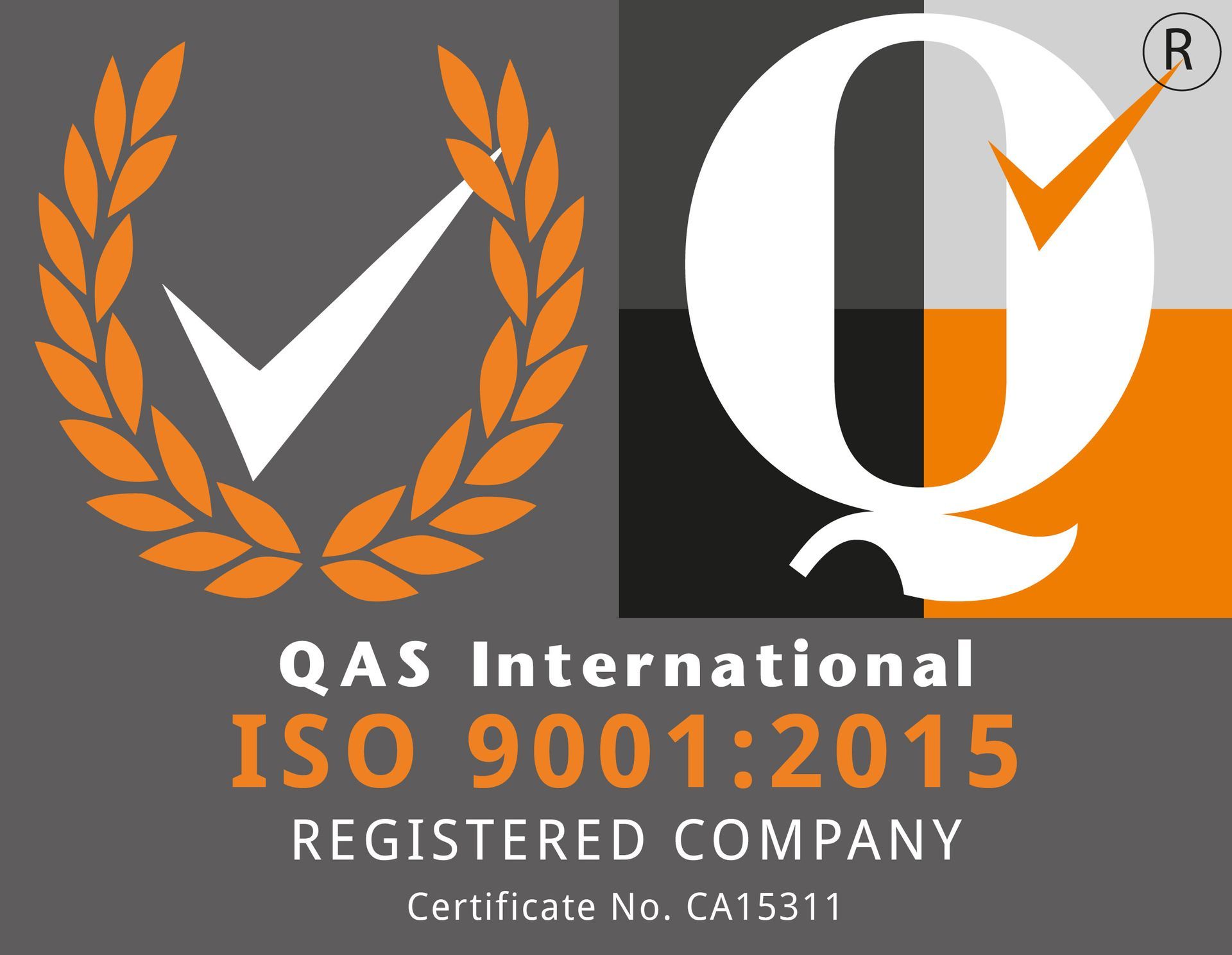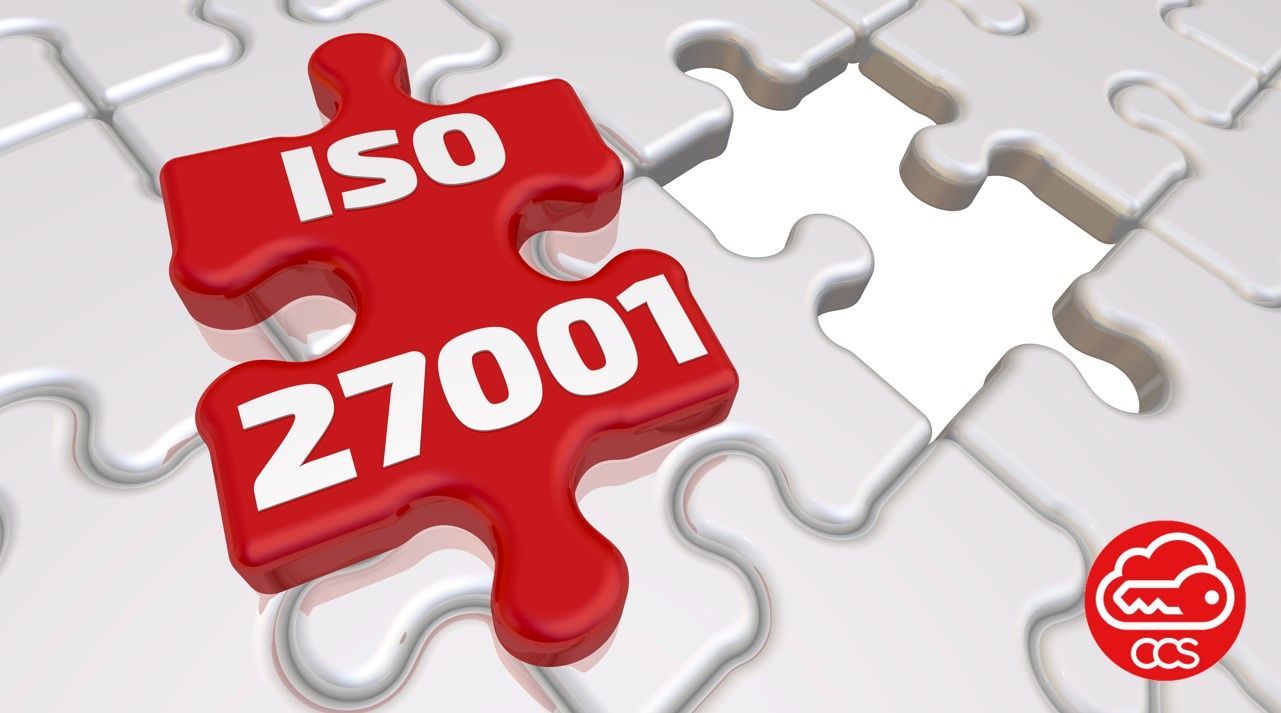ISO27001 provides a framework to provide Information security, cyber security and privacy protection that aims to protect the information of your organisation from security threats and will enable you to identify your information and data assets, determine the threats, assess the vulnerabilities, and then look for the controls within ISO27001 to address them.
ISO 27001:2013 Transition to ISO27001:2022:
Information Security, Cyber Security and Privacy Protection
The International Organisation for Standardisation (ISO) has issued the 3rd edition of the Information Security Management System standard ISO27001, it
was published on October 25th, 2022, and will replace ISO27001:2013 through a managed transition.
The International Accreditation Forum (IAF) has outlined the requirements for a 3-year Transition Period for all organisations currently certified to ISO 27001:2013. As with previous ISO Transitions, both the out-going and the in-coming standards will be valid during that time, but certified organisations must work towards transitioning to the new standard before the end of 3-year Transition Period.
What has changed in ISO 27001:2022?
Minor changes within the body of the ISO 27001 standard have been made to better align with the harmonised structure for management system standards (i.e., Annex SL).
Of note, changes have been made in the following requirements:
4.2 Understanding the needs and expectations of interested parties
4.4 Information security management system
6.2 Information security objectives and planning to achieve them
6.3 Planning of changes
9.1 Monitoring, measurement, analysis, and evaluation
9.3.2 Management review inputs
Annex A Regrouped
The Annex A controls have been regrouped from 14 control objectives to the following 4 broad themes:
- Organisational (37 Controls)
- People (8 Controls)
- Physical (14 Controls)
- Technological (34 Controls)
Also, 11 new controls have been added within the total of 93, however not all of these controls will need to be used. We can help and guide you to determine, and document this in the ISO 27001:2022 “Statement of Applicability”
New ISO 27001:2022 Controls Added
The 11 new controls added to ISO 27001:2022 are:
- Threat intelligence
- Information security for use of cloud services
- ICT readiness for business continuity
- Physical security monitoring
- Configuration management
- Information deletion
- Data masking
- Data leakage prevention
- Monitoring activities
- Web filtering
- Secure coding





